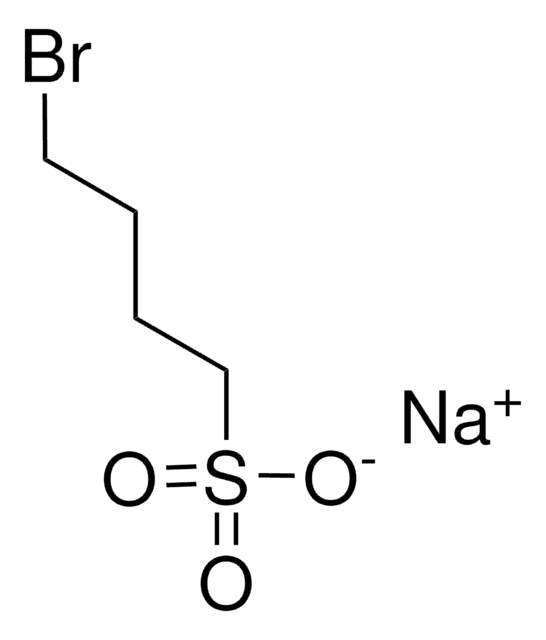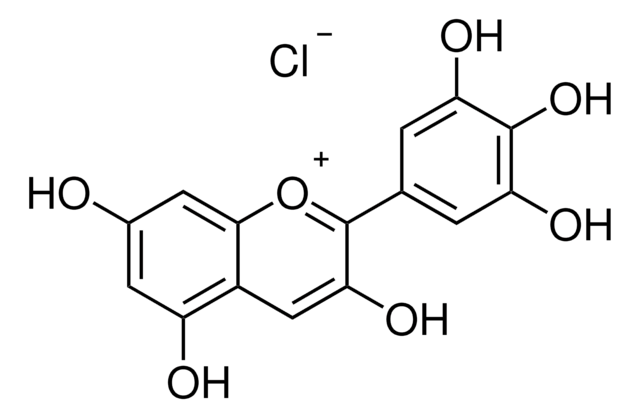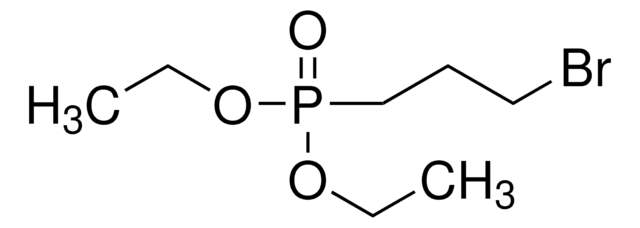137502
Sodium 2-bromoethanesulfonate
98%
Sinônimo(s):
2-Bromoethanesulfonic acid sodium salt
About This Item
Produtos recomendados
Ensaio
98%
pf
283 °C (dec.) (lit.)
solubilidade
water: soluble 100 mg/mL, clear, colorless
cadeia de caracteres SMILES
[Na+].[O-]S(=O)(=O)CCBr
InChI
1S/C2H5BrO3S.Na/c3-1-2-7(4,5)6;/h1-2H2,(H,4,5,6);/q;+1/p-1
chave InChI
HNFOAHXBHLWKNF-UHFFFAOYSA-M
Procurando produtos similares? Visita Guia de comparação de produtos
Categorias relacionadas
Descrição geral
Aplicação
Código de classe de armazenamento
13 - Non Combustible Solids
Classe de risco de água (WGK)
WGK 1
Ponto de fulgor (°F)
Not applicable
Ponto de fulgor (°C)
Not applicable
Equipamento de proteção individual
dust mask type N95 (US), Eyeshields, Gloves
Certificados de análise (COA)
Busque Certificados de análise (COA) digitando o Número do Lote do produto. Os números de lote e remessa podem ser encontrados no rótulo de um produto após a palavra “Lot” ou “Batch”.
Já possui este produto?
Encontre a documentação dos produtos que você adquiriu recentemente na biblioteca de documentos.
Os clientes também visualizaram
Nossa equipe de cientistas tem experiência em todas as áreas de pesquisa, incluindo Life Sciences, ciência de materiais, síntese química, cromatografia, química analítica e muitas outras.
Entre em contato com a assistência técnica








